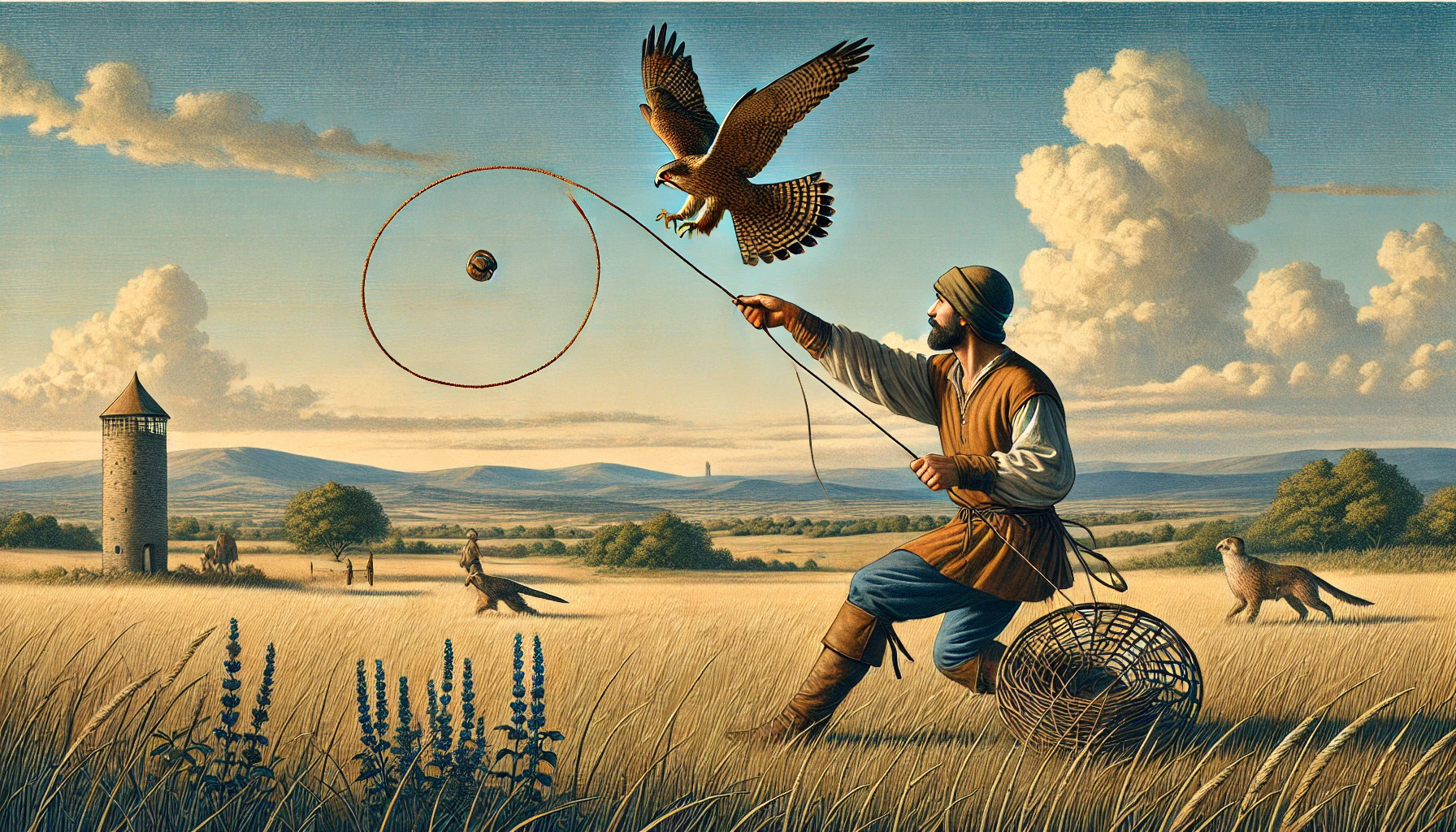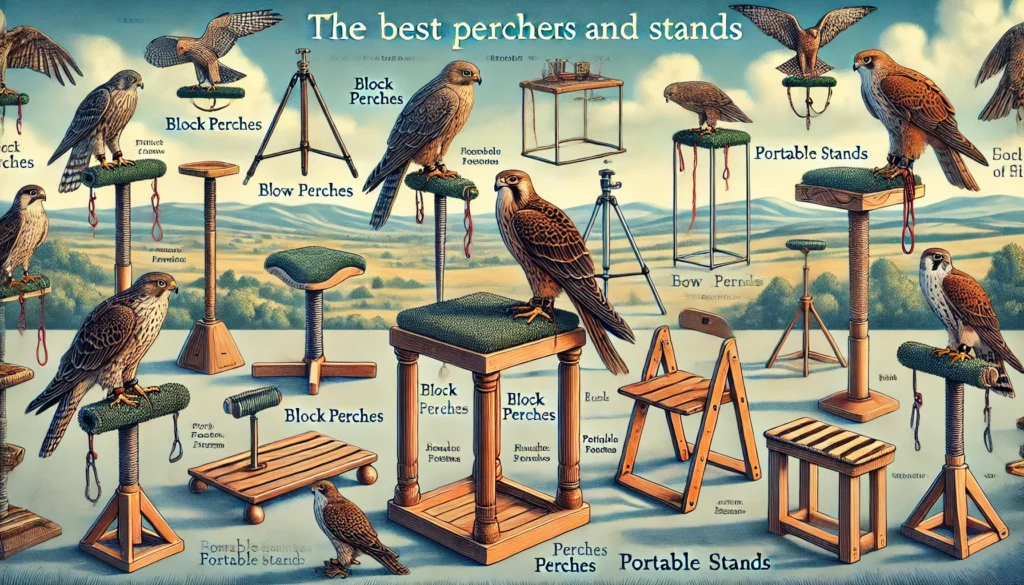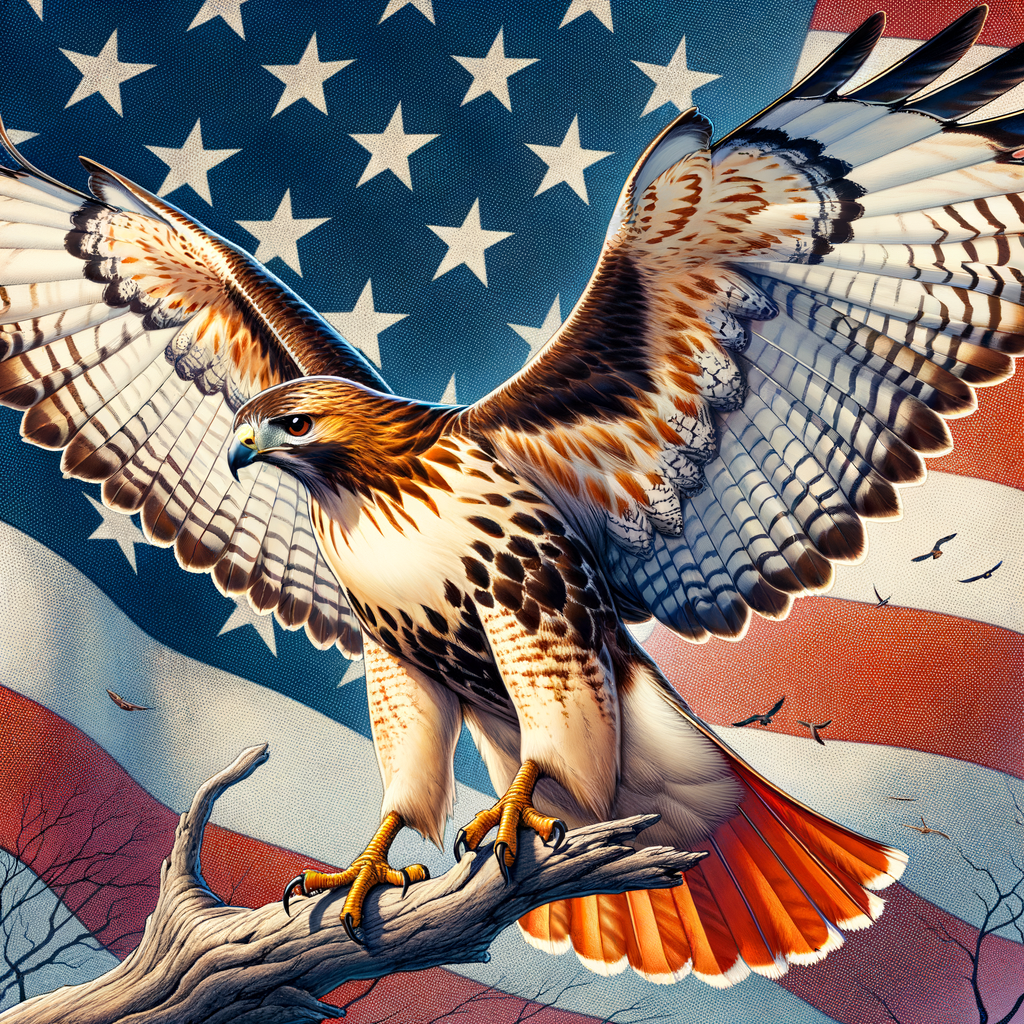Key Insights on Training with Lures
- Lure training is essential for teaching falcons basic commands and skills.
- The lure is a tool that imitates the natural prey of the falcon.
- Using a lure helps to create a strong bond between the falcon and the trainer.
- Practice with the lure improves the falcon’s speed, agility, and accuracy.
- Regular training sessions keep the falcon healthy and fit.
- Consistency in lure training leads to better results and stronger responses.
- Positive reinforcement, like rewards and praise, is crucial during training.
- Understanding the falcon’s behavior helps in adjusting training techniques.
- Lure training should be conducted in a safe and controlled environment.
- It’s important to gradually increase the difficulty level of the training exercises.
Discover the Magic of Training with Lures: An Irish Tale of Skill and Trust
Imagine strolling through the lush green hills of Ireland, where the air is fresh and the beauty of nature surrounds you. In your hand, you hold a beautifully crafted lure, much like the ancient Irish warriors would have used their traditional tools. Here at Learn Falconry, we believe in blending time-honored skills with modern techniques, and training with lures is a perfect example.
Just as the wise folks in Ireland used lures to win the trust of wild birds, we can use lures today to train our majestic falcons. This method is steeped in history and is essential for building a strong bond with your bird of prey. By the end of this article, you’ll understand how using lures can make the training process not only more effective but also a whole lot of fun.
So, grab a cup of tea, relax, and let’s delve into the enchanting world of lure training. You won’t want to miss out on these valuable insights that can transform your falconry skills! Keep reading, and you’ll discover the secrets that can turn any aspiring falconer into a master of this noble art.
Mastering Falconry Lure Techniques: A Comprehensive Guide
What is Lure Training in Falconry?
Lure training is an essential part of training a falcon. It helps the bird learn to associate the lure with food and rewards, making it easier for the falconer to manage and control the bird during hunting. In falconry lure techniques, the lure is a decoy that mimics the appearance and flight of the prey. This method is not only beneficial for training the falcon but also essential for its physical conditioning and mental stimulation.
The Basics of Lure-Based Training
When you start lure training falcons, begin by introducing the bird to the lure in a controlled environment. Initially, the lure should be static, allowing the falcon to associate it with a reward, such as a piece of meat. Over time, the bird will start to recognize the lure and anticipate the reward.
Techniques to Improve Lure Training
- Swinging the Lure: One common falconry lure technique is to swing the lure in a circular motion, simulating the movement of prey. The falcon will chase the lure in the air, which helps improve its agility and hunting skills.
- Ground Lure: Involves dragging the lure on the ground to mimic the movement of terrestrial prey. This technique can be particularly useful for species that hunt ground-dwelling animals.
- Aerial Lure: Flying the lure high into the air helps the falcon build strength and enhances its flight abilities. The falcon will learn to dive and strike the lure mid-air, emulating a natural hunting scenario.
Benefits of Lure-Based Training
Successful lure-based training helps improve the falcon’s hunting efficiency, reflexes, and fitness. Additionally, it creates a stronger bond between the falconer and the bird because the falcon learns to rely on the falconer for its feeding and training sessions.
Equipment Required for Lure Training
To get started with lure training falcons, you will need the appropriate equipment. This includes a well-crafted lure, a sturdy glove, jesses, and sometimes bells and telemetry for tracking the falcon during training sessions.
Overcoming Challenges in Lure Training
Lure training can present its challenges, such as the falcon becoming too dependent on the lure or losing interest. It’s crucial to keep the training sessions consistent and rewarding for the falcon. Employing variety in the lure presentations and incorporating other training methods can help maintain the bird’s interest and responsiveness.
Internal Resources for Further Learning
For those interested in exploring more about falconry techniques, equipment, and the history of this ancient practice, you can visit the following resources on our website:
- History of Falconry
- Falconry Equipment
- Training a Falcon
- Falconry Techniques
- Basic Health Care for Falcons
- Falconry for Beginners
By following these practices and utilizing our detailed guides and resources, you will be on your way to becoming proficient in lure-based training and building a successful and rewarding relationship with your falcon.
Comprehensive Insights into Lure Training in Falconry
Falconry is an ancient art, and at Learn Falconry, we strive to keep the tradition alive and effective by using modern methods. One of the most fascinating and essential aspects of training a falcon is lure training. This involves multiple steps and techniques to ensure that the bird of prey develops the necessary skills for hunting.
Training Methods
Lure training combines both traditional and high-tech techniques to improve the falcon’s physical and mental capabilities. Here are some of the specific methods we use:
- Tame-Hacking: This involves gradually releasing a young falcon back into the wild environment until it is comfortable hunting on its own.
- Creance Flying: Involves using a long line, or creance, to let the falcon fly freely while still retaining control.
- Lures: Artificial objects are used to mimic the movements and sounds of prey to entice the falcon.
Training Regimens
A good training regimen focuses on the bird’s physical conditioning and skill development. Various exercises are combined for optimal results.
- Endurance (ES): Helps improve the bird’s stamina.
- High-Altitude (HY): Focuses on training the bird to fly at higher altitudes.
- Resistance (RE): Helps the bird develop muscle strength by flying against resistance.
Below is a table summarizing these exercises:
| Exercise Type | Focus | Outcome |
|---|---|---|
| ES | Endurance | Improved stamina |
| HY | High-Altitude Training | Increased flying heights |
| RE | Resistance | Enhanced muscle strength |
Weight and Performance
Weight management is crucial in falcon training. The performance of Peregrine à Lanner falcons, for instance, shows marked improvement in weight and flight performance. During training, falcons’ peak flight height can reach up to 400 meters.
| Training Phase | Weight Change | Maximum Flight Height |
|---|---|---|
| Initial Phase | Increased | 200 meters |
| Intermediate | Stable | 300 meters |
| Final Phase | Slight Decrease | 400 meters |
Falconry Regulations
When using lures, it is crucial to adhere to specific regulations. Falconers must ensure they follow acceptable training and conditioning practices. Regulations can include rules about capturing, releasing, and possessing these magnificent birds.
Trapping Techniques
Various trapping techniques ensure that falconers can capture these birds humanely and effectively:
- Bal-Chatri: A trap with nooses designed to catch the bird by its feet.
- Dho-Gaza: Uses a fine net to capture the bird.
- Piddam: A baited trap designed for smaller birds of prey.
- Jacket and Socks-Ball: Ensures minimal harm while capturing.
Lure Types
Different types of lures serve different purposes. Some mimic prey movements while others create specific sounds. These lures are designed to entice the bird to chase and grasp its “prey,” thus honing its hunting skills.
Training Phases
Falconry training involves several phases, each with a specific focus to ensure the bird develops all the necessary skills for hunting. These phases include:
- Habituation: Getting the bird used to the lure and the training environment.
- Resistance Workouts: Helping the bird develop the strength needed for capturing and airlifting its prey.
Each phase plays a vital role in the falcon’s overall development.
At Learn Falconry, we believe that a blend of traditional falconry techniques with modern training regimens leads to the best outcomes. This approach ensures falcons are well-prepared for hunting and remain in optimal physical condition.
Wrapping Up Your Falcon Training Journey
Training falcons with lures is a time-honored art that combines tradition with modern techniques to help these magnificent birds hone their hunting skills. Understanding the nuances of lure techniques, such as timing and creating enthusiasm, is crucial for a successful training regimen.
Falconry isn’t just about the tools and techniques’it’s also about following proper regulations and using ethical trapping techniques. This balance of tradition, innovation, and responsibility ensures that both the falcon and the falconer thrive together.
By embracing these combined methods, you can create a training program that not only strengthens your bond with your falcon but also respects the noble heritage of falconry. So take these insights, put them into practice, and watch as your falcon reaches new heights, both literally and metaphorically!



